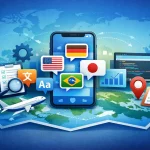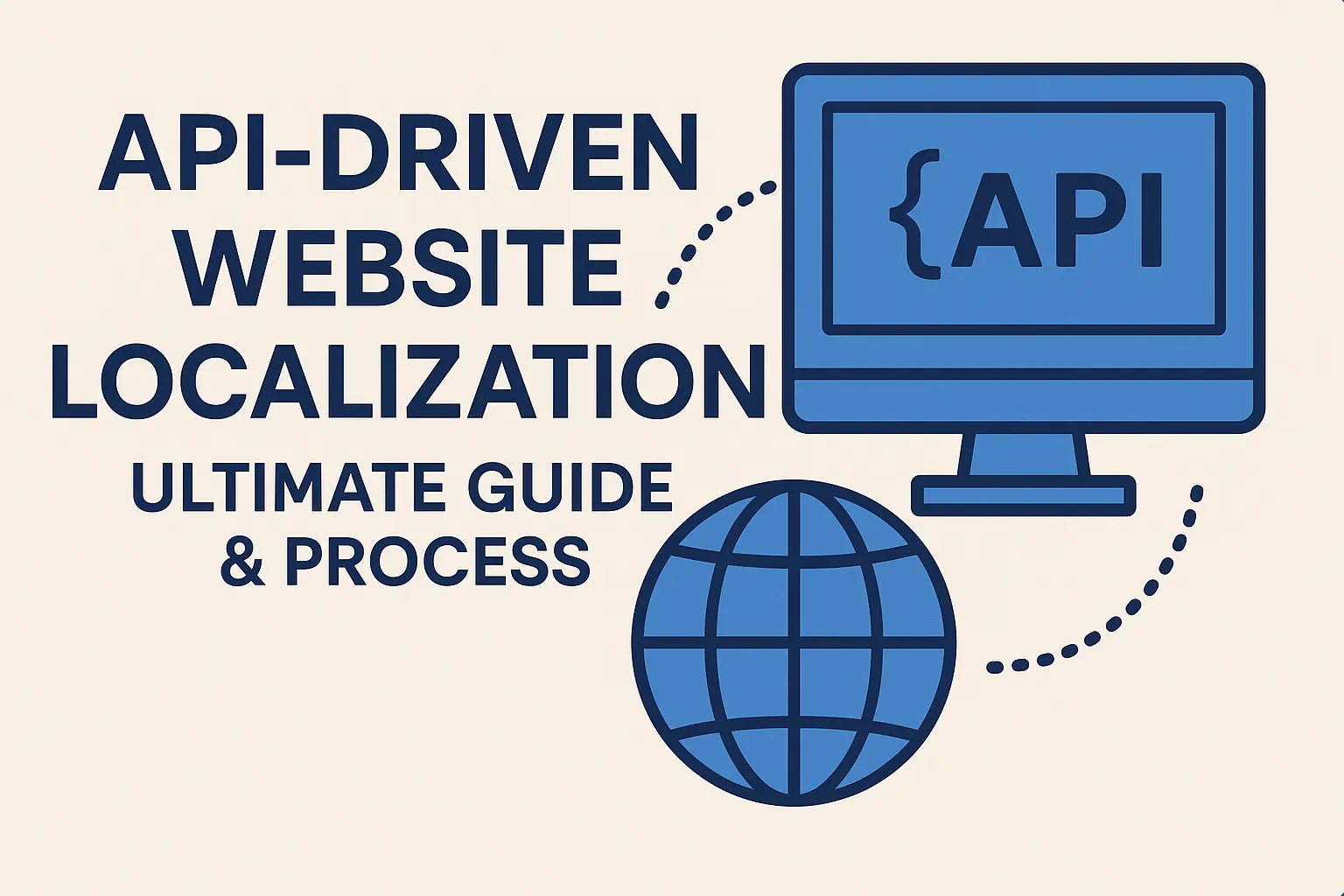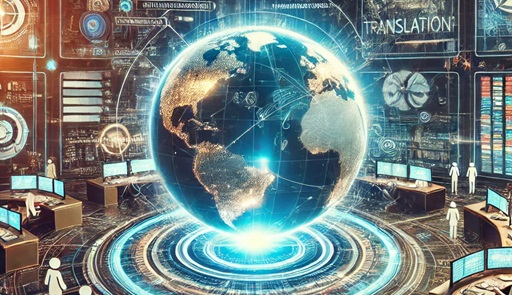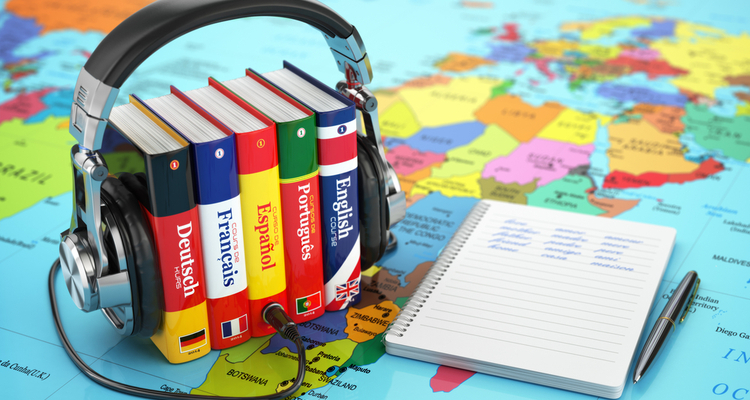The use of gender neutral language in translation is becoming quite popular by the day and for a good reason. If you are a professional translator or a linguist, you must understand the relationship between genders and various terminologies. Knowing how and when to use gender neutral language in your translation will make your work even better.
What is gender neutral language?
Gender neutral languages are terms or words used to describe both sexes and people who are transgender. These terms are not learned in school because they are quite new and part of a new socio-cultural trend. In a nutshell, they are words or terms used only for people who don’t identify as men or women.
For instance, rather than use terms like “ladies and gentlemen” in your text, you may opt for “everybody” to represent men, women, and those who don’t identify as men or women. Although the use of gender neutral language in translation can be quite confusing, it has become necessary to use them to give non binary people and transgender people a sense of belonging.
The need to cover the identification of these new groups has made the use of gender neutral language increasingly popular.
Another definition of gender neutral language is the use of terms that respect the sex and dignity of everyone. It involves the use of non sexist language, gender fair language, and gender inclusive language. Words or terms that are gender neutral do not identify with any particular gender.
Some advocates of gender neutral language argue that if the word “man” is used in a text or “woman,” it means that the text is speaking about men or women only, but if “people” is used instead, it reflects all sexes besides the two sexes.
Why there is a need for gender neutral language in translation
These days, many companies and businesses are beginning to inculcate gender neutral language into their campaigns and public relations materials because they believe that it can improve interactions with their customers. As many more people come out as gender fluid or transgender, these companies see the need to expand their use of language to accommodate these sex groups.
Here are some of the reasons why gender neutral language in translation may be required
If the document addresses the general population
If a document addresses the general population, it may be reasonable to use gender neutral language. Using words like ladies, gentlemen, boys, girls, men, and women may alienate other people who consider themselves people of a different sexual orientation. To address the general population, using gender neutral language in translation may be advised.
If it addresses people who don’t identify as men or women
Gender neutral language may be required if the document does not address people who identify as men and women. Although there are different sex groups that are always too numerous to count, a common name for them is non binary people or people who are gender fluid.
Addressing them with traditional masculine and feminine words may sound offensive, so using gender neutral language is advisable. This way, community members know that the document is addressing them directly. This is especially true for marketing materials targeting this community.
If it addresses people who don’t identify as men or women
Gender neutral language may be required if the document does not address people who identify as men and women. Although there are different sex groups that are always too numerous to count, a common name for them is non binary people or people who are gender fluid.
Addressing them with traditional masculine and feminine words may sound offensive, so using gender neutral language is advisable. This way, community members know that the document is addressing them directly. This is especially true for marketing materials targeting this community.
For strategic purposes
Many big businesses now advocate the use of gender neutral language in translation for documents or materials they publish to an international audience. They do this for two major reasons.
Firstly, the use of gender neutral language serves as a tool to boost the image of the brand as one that pursues a non-discriminatory policy. Inculcating gender neutrality into their social responsibility policies is a way to gain a positive standing in society.
The second goal is to exploit the marketing opportunities with gender neutral language. Besides gaining the support and admiration of gender fluid communities and their advocates, they see it as an opportunity to market their products to this community, thereby increasing their ROI.
These and more are some of the reasons why many big businesses opt for gender neutral language in translation when translating text and documents into international languages.
Are you looking for professional translators skilled in using gender neutral language in translation? We have experts at Circle Translations who are gender neutral compliant. They know the right words and terminologies to ensure that no group within your target audience is isolated.
Here at Circle Translations, we translate all documents from one language to another and have experts in many international and regional languages. Contact us today for your gender neutral language in translation projects.
Subtitles

Professional and Accurate Subtitle Services for your Videos.
- Video subtitles specifically tailor-made for improving accessibility.
- Using highly experienced subtitlers with years of industry experience.
- Professionally written and expertly timed.
Translation

We help the world’s top companies translate their content in over 73 languages!
- We localize content for internet websites, games, travel, cryptocurrencies, and more
- Expand your global audience by adding different languages.
- We work only with qualified translators and experienced content creators
Audio translation

Ensuring full accessibility for Blind and visual impaired audiences.
- Visual descriptive events as they occur in the video.
- Working with top audio describers to perfectly describe what is happening on-screen
- Professional sound recording.















